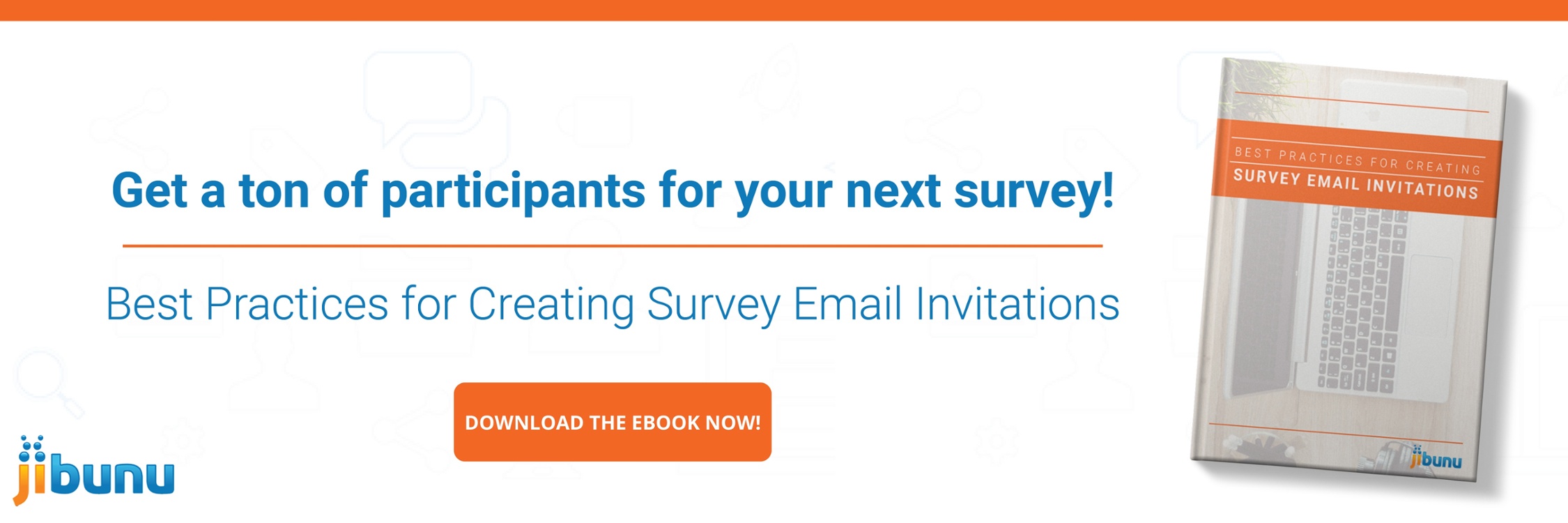Surveys are a staple of customer feedback and engagement, but in an age of interactivity and flexibility, they can be burdensome and outright annoying if done wrong. With the value of surveys staying strong, it’s time to rethink the way we use them in order to revitalize them for a changing digital landscape.
The first step in reinvigorating your surveys is to optimize them for respondent interaction. Traditional surveys can be boring walls of text that no one wants to look at, but an interactive survey can add a much-needed boost of energy that motivates the respondent to not only finish the survey but maybe even enjoy themselves while doing it.
To help you pinpoint what makes an interactive survey distinct from a traditional survey, and how you can make an interactive survey of your own, here are five simple steps you can take to ditch the outdated models of the past and adopt the exciting new models of today
.png) Define Goals
Define Goals
Whenever you’re trying out something new, it’s usually a good idea to know why you’re trying it in the first place. The first step towards doing this, then, is understanding. Review your target audience, pinpoint their needs, and use that information to assess the success rate, or lack thereof, of your survey strategies. If your current strategy isn’t making your audience – and your researchers – dance with delight, then try and shift your focus in order to better the customer experience.
You should also have a clear understanding of what your own goals are for the survey. This will help you draft questions and pinpoint the types of answers you’re looking for. It will also help you avoid questions that confuse your respondents, as they’ll have a clear understanding of what you want from them.
You don’t want to adopt a new way of doing things just because everyone else is doing it, but you also shouldn’t stick to tradition because it’s comfortable. Once you understand why you should start using interactive surveys, then you’ll be able to see how it can help solve the problems or roadblocks your audience might be experiencing.
 Brainstorm Ideas
Brainstorm Ideas
An interactive survey is not going to design itself. If you truly want your survey to be interactive, you need to start brainstorming ideas as early in the process as possible. As you begin formatting your survey questions, ask yourself which questions can be improved. Can you make a question easier or more enjoyable to answer, is there an exercise you can add to make the survey unique or fun? How can you ask a question that might make someone smile, or surprise them in a delightful, unexpected way?
If you don’t know if an idea is going to work, test it first! Have example respondents take the survey. Have one test survey be interactive, the other traditional, and then compare the results of both. This way you can see what kind of answers each format received. In the end, whatever you can do to improve the respondent’s experience is worth the extra time and investment.
 Determine the Interaction
Determine the Interaction
There are multiple forms an interactive survey can take, and it’ll be up to you – and the research that fueled your brainstorming – to decide which approach will best serve your needs. Here are a few of the more common types of interactions:
| Type of interaction: |
Example: |
| Visual: | Add videos to explain a product or service or make answer options. |
| Sliding: | Uses a draggable scale to indicate a respondent’s answer. |
| Dragging/Clicking: | Asks respondents to rank a list of items. Or click on part of an image they like. |
| Highlighting: | Highlight text that is positive, negative, or confusing. |
| Custom: | Use the above interaction to create custom questions or exercise for example create your own ad, gamification, or quizzes. |
Other options exist, of course, and as always, it’ll be on you to decide what kind of interaction would speak to your unique audience the best.
 Don’t Forget About Aesthetics
Don’t Forget About Aesthetics
The actual number of ways to physically interact with a survey is limited so aesthetics are extremely important when it comes to interactive surveys. A bland survey is a survey that people will neither appreciate nor feel compelled to complete. As such, don’t disregard the power of a fun, colorful aesthetic or design. A clever visual hook can be the difference between a valuable finished survey and an empty, lonely list of questions no one wants to read.
 Ask for Feedback
Ask for Feedback
Finally, don’t be afraid to ask for help or feedback. Experimenting with any new form of media can be an exercise in trial-and-error, so embrace the process and seek out constructive feedback from both colleagues and respondents. If you’re unsure of your survey’s effectiveness, run tests, ask for help in interpreting the results, and find out what your respondents think of you survey once they’re finished filling it out.
If you have problems with any of the above steps, then be patient and ask for help. The solutions you need are out there, and the more confident you become in your survey’s efficiency, the better equipped it’ll be to get people to interact with it.
To learn more, check out our comprehensive guide on creating interactive surveys!


